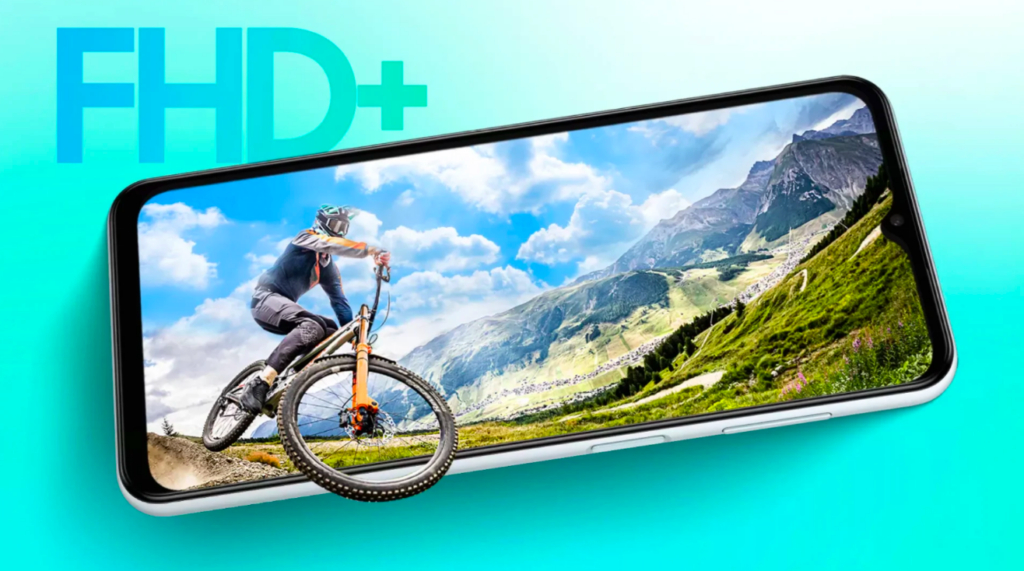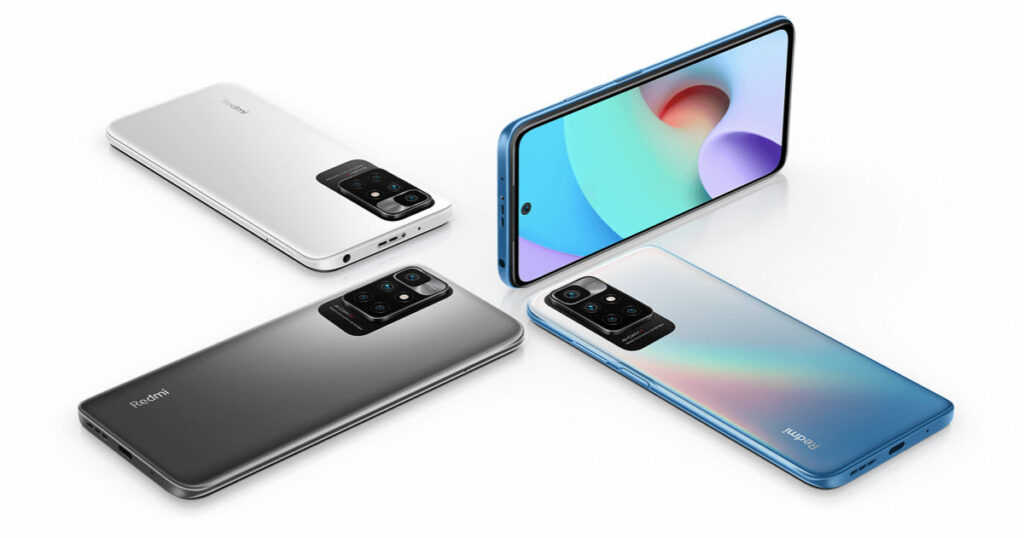Samsung Galaxy F13 vs Redmi 10 Prime (2022): which budget phone should you buy?

The Samsung Galaxy F13 launched in India earlier this week and the budget smartphone is straightaway up against some heavyweight competition from rival phone manufacturers. For instance, the Galaxy F13 would face stiff competition from devices such as the Realme Narzo 50A and the Redmi 10 Prime (2022). Today, we look at how it compares against the latter.
The Samsung Galaxy F13 is largely similar to the Galaxy M13 smartphone that was launched previously, but differs in terms of its overall battery capacity. The smartphone has a reasonably competitive feature set given its price and the time at which it has been launched. It will also look to help Samsung take on rival OEMs in India, which include India’s top device maker by volume of shipments, Xiaomi, and a close challenger that has grown sharply in recent times – Realme. With this in sight, here’s looking at how the new Samsung Galaxy F13 features against the Redmi 10 Prime (2022).
Samsung Galaxy F13 vs Redmi 10 Prime (2022): price in India
The Galaxy F13 comes with 4GB of RAM, and two storage variants – 64GB and 128GB. They are priced at Rs 11,999 and Rs 12,999, respectively. Both variants are available in three colour variants – Waterfall Blue, Sunrise Copper, and Nightsky Green, and can be purchased from June 29, 12 PM through Flipkart and Samsung India’s own website.
In comparison, the Redmi 10 Prime (2022) has a single 4GB RAM and 64GB storage variant, priced at Rs 11,499 – thus undercutting the Galaxy F13 by a small margin. It also has three colour variants, which include Astral White, Bifrost Blue, and Phantom Black. The device was launched without much fanfare in May this year and was initially available on Amazon India and Xiaomi’s own India site. Today, it is available across most retailers.
Samsung Galaxy F13 vs Redmi 10 Prime (2022): design, specifications, and features
Design
Since the introduction of the Galaxy S21 series, Samsung has pivoted to a cleaner look on its phones, with a simple camera module at the back. The Galaxy F13 continues in the same vein, offering a clean rear panel with uniformly sized camera units, a slim, rounded rectangular camera module, and no other embellishments. To the front, it uses a water drop notch and has noticeable bezel thickness. The phone is 9.3mm thick and weighs 207 grams.

Even though the Redmi 10 Prime (2022) is thicker at 9.6mm, it still weighs lesser at 192 grams. It also looks sleeker, largely due to the use of very slim side bezels on the phone. The Bifrost Blue colour adds a lot of gradients to the phone’s design, and the rear camera module has a quad-camera unit featuring Xiaomi’s typical design language. The rear looks busier thanks to the elaborate camera unit, but it doesn’t look bad. The front face also has a drill-hole front camera, and not a water drop one.
Processor, storage, and RAM
The Samsung Galaxy F13 is powered by Samsung’s own Exynos 850 entry-level SoC and is paired with 4GB RAM and 64GB or 128GB of internal storage. It also gets a dedicated microSD memory card slot for expanding the storage on the phone.
In comparison, the Redmi 10 Prime (2022) is powered by the MediaTek Helio G88 SoC, which is much more powerful than the Exynos 850 but is less power efficient in comparison. The phone features 4GB of RAM, and a single, 64GB storage variant. The Redmi 10 Prime also gets a microSD slot but uses a hybrid SIM slot instead of a dedicated space.
Display
Samsung has used a PLS LCD display panel on the Galaxy F13, which is cheaper to make but has nearly the same parameters as an IPS panel. The display is 6.6-inch in size and offers full HD+ resolution with a 20:9 aspect ratio. There is no high refresh rate support here.

The Redmi 10 Prime (2022), meanwhile, features an IPS LCD panel, which is superior in terms of visual quality, at least on paper. It has the same screen resolution as Samsung’s, but at 6.5 inches screen size, is slightly smaller, too. More importantly, it supports 90Hz refresh rates, which would make its display smoother
Cameras
The Galaxy F13 features triple rear cameras, with a 50MP main unit, a 5MP ultra-wide unit, and a 2MP dedicated depth sensor as well. On the front, it has an 8MP camera for selfies and video calling. Both the cameras are capable of 1080p full HD video recording.

In comparison, the Redmi 10 Prime has a four-camera setup – including a 50MP main unit and an 8MP ultra-wide-angle one, as well as two 2MP cameras for macro and depth assistance. It also gets an 8MP front camera and the same video abilities as the Galaxy F13.
Battery
The Galaxy F13 is powered by a 6,000mAh battery pack, and Samsung has also bundled in a 15W fast charging speed with the smartphone. Redmi, meanwhile, uses the same battery size but offers 18W fast charging and 9W reverse charging with its phone as well.
Connectivity
Both the smartphones offer only 4G connectivity and no 5G. They also offer dual-band wi-fi connectivity, and while the Galaxy F13 supports Bluetooth 5.0, the Redmi 10 Prime features Bluetooth 5.1. Both phones also come with USB-C ports for connectivity and charging, as well as 3.5mm ports for wired audio devices.
Samsung Galaxy F13 vs Redmi 10 Prime (2022): verdict
The Redmi 10 Prime (2022) is the better of the two phones in terms of performance, display, cameras, and fast charging speed, and is also slightly less expensive. This makes it the better overall phone among the two. However, its limited storage choice and the use of a hybrid SIM slot instead of a dedicated one could be a deal-breaker for many – something that the Samsung Galaxy F13 can cash in on.
The post Samsung Galaxy F13 vs Redmi 10 Prime (2022): which budget phone should you buy? first appeared on 91mobiles.com.
from 91mobiles.com https://ift.tt/qEeYGId
>



No comments